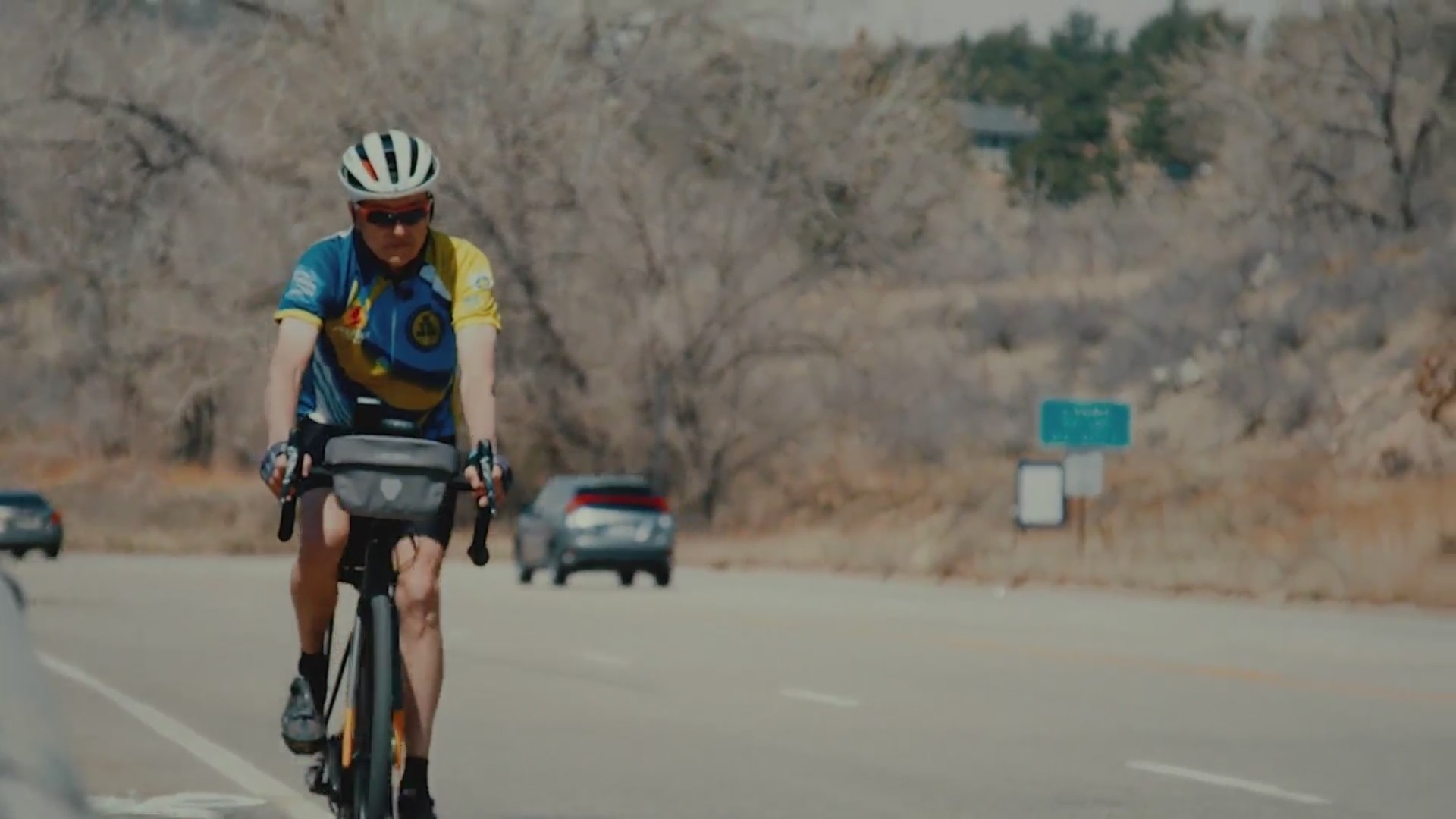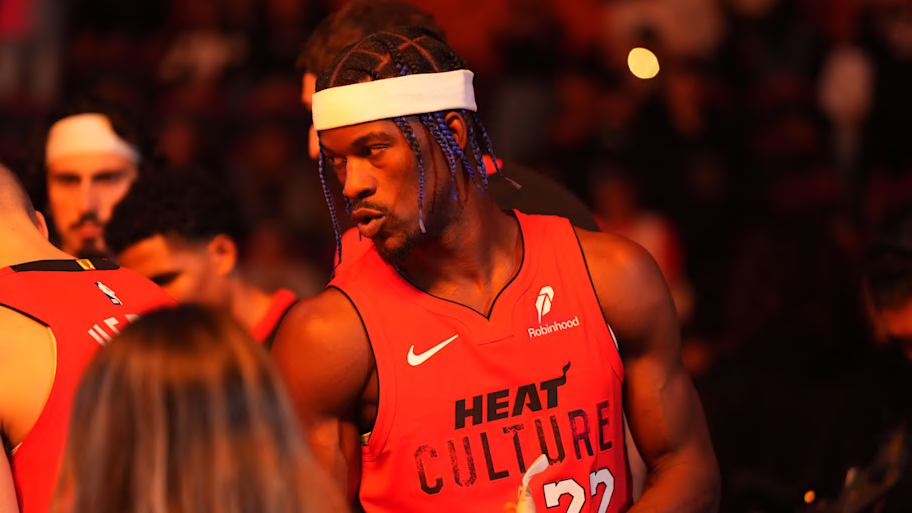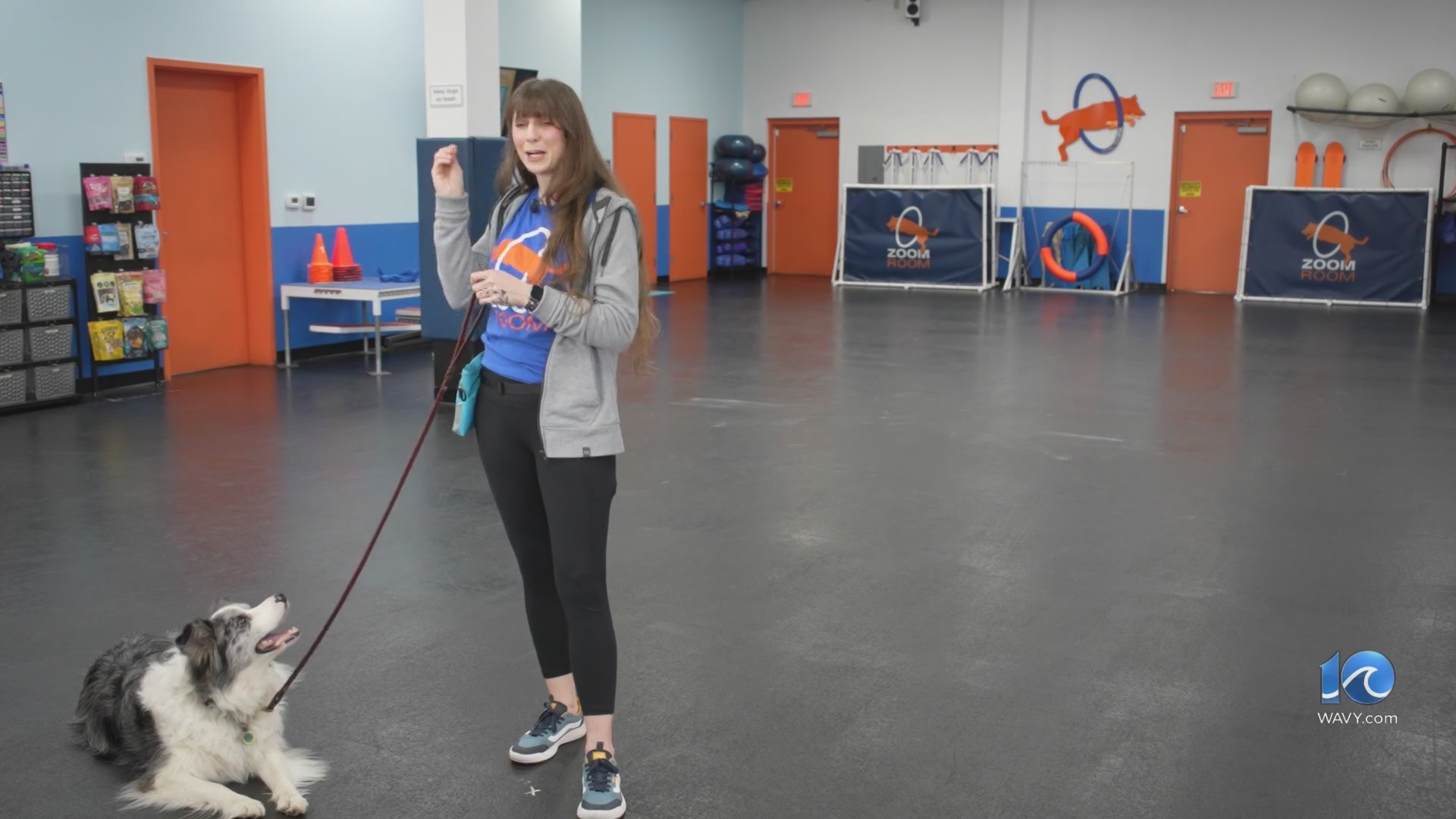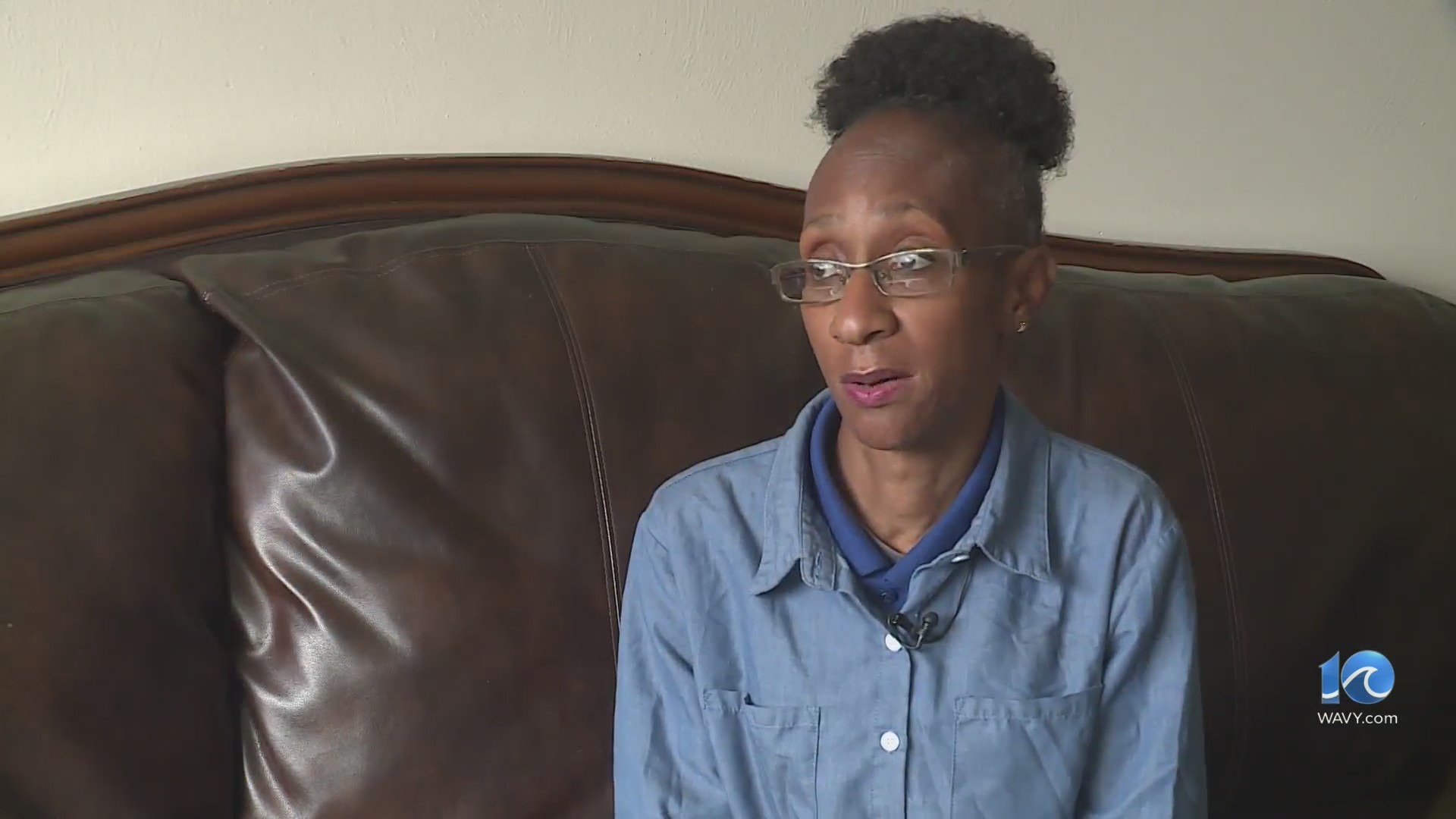Canadian ice dancers Tessa Virtue and Scott Moir won gold at the 2010 Vancouver Olympics, and followed that up with two silver medals at the 2014 Sochi Games. They took two years off before returning to the ice, with eyes on the top spot of the PyeongChang podium.
Ontario-born Virtue and Moir began figure skating separately, but teamed up in October 1997 to start their journey as ice dancers.
Less than a decade later, they became world junior champions. Their momentum did not slow down once they graduated to the senior ranks. They began training in Canton, Michigan, with coach Marina Zoueva; their training mates were U.S. rivals Meryl Davis and Charlie White.
Leading up to the 2010 Olympics – which would be on home ice for the Canadians – they earned a silver and a bronze medal at the 2008 and 2009 World Championships.
Virtue and Moir sat in second place following the compulsory dance, but won the original dance and free dance phases of Vancouver competition. They became the first ice dancers from North America to capture the gold medal, and the youngest-ever ice dance gold medalists. Davis and White earned silver, separated by 5.83 points.
The Canadians opted to continue their season at the 2010 World Championships, where they picked up their first world title.
Throughout the next four years, Virtue and Moir traded world championship titles with Davis and White. The score was tied with two titles apiece before the 2014 Sochi Olympics began.
Competition in Sochi opened with the first-ever team event. Both Virtue and Moir and Davis and White performed the short and free dances for their respective countries. Davis and White came out on top in both phases, including notching the highest score ever recorded with their free dance.
Team Russia outperformed both contingents to capture the gold medal. Canada’s athletes earned the silver medal while Team USA rounded out the podium for bronze.
A week later, the ice dance competition kicked off. With their My Fair Lady short dance, Davis and White set another record high score and led Virtue and Moir – who skated to a Louis Armstrong and Ella Fitzgerald medley – by 2 points.
During Virtue and Moir’s Seasons free dance, they earned the highest score ever recorded. It was short-lived, however; Davis and White’s Scheherazade outscored the Canadians.
When it was all said and done, Virtue and Moir captured silver behind their gold medal-winning American training mates.
Moir was critical of their shared coach, Zoueva.
“We were both pretty blunt with her in the fall and even leading up to the Olympics,” Moir told media after the competition. “We weren’t happy and we felt like sometimes she wasn’t in our corner.”
Virtue and Moir didn’t retire after Sochi but instead chose to stay involved in the sport by touring and dabbling in commentary work. They admitted that, as fans of the sport, they continued to watch as many competitions as they could.
It was during the 2016 World Championships – where the team was not competing, and instead working as part of the media – that they had their epiphany. They were eating popcorn in the media box at Worlds, observing and learning from each team they watched performing. If they were going to make a “comeback” (they notoriously avoided the word for a while), they had work to do.
They announced their return to competition exactly two years before the scheduled 2018 PyeongChang Olympic free dance: February 20, 2016.
The duo acknowledged they needed the time off, but knew that their return probably did not surprise a lot of people. Part of what was surprising, though, was that they chose to train in Montreal – the home base of 2015 and 2016 world champions Gabriella Papadakis and Guillaume Cizeron of France – with more rival teams.
“It’s really great,” Papadakis said of training with the Canadian duo during an IceTalk podcast. “I didn’t know them much before, but they’re really easygoing and easy to train with. They make compliments and I think we push each other forward. We’re happy when they skate good and they’re happy when we skate good.”
Also, training at the Montreal center are U.S. ice dancers Madison Hubbell and Zachary Donohue.
“We didn’t know what would happen when Tessa and Scott came back because we had a really good dynamic with Gabriella and Guillaume, even before moving here, and it always throws a wrench into the mix,” Hubbell told NBCOlympics.com. “I applaud both of the teams for how well they have handled it and keeping a really healthy, friendly environment and it inspires Zach and me to do the same.”
Virtue and Moir began their pursuit of gold in PyeongChang at the start of the 2016-17 season. They won their first competition, the Autumn Classic International in Montreal. They won both of their Grand Prix assignments in the fall and captured an elusive Grand Prix Final title in December 2017, something that was missing from their collection of medals.
The duo won their seventh national title in January. Their next stop was the Four Continents Championship (held in the same venue that will host Olympic figure skating in 2018), which they won.
And at the 2017 World Championships, they finished off an undefeated season by capturing a third world title.
The Olympic season has been less smooth for Virtue and Moir. They won their season opener, the Autumn Classic, as well as both of their Grand Prix assignments in Canada and Japan. At the Grand Prix Final, they fell to Papadakis and Cizeron for the first time. The French team and the Canadian team were separated by 2.3 points, with the French team cracking 200 points.
In January, Virtue and Moir won their eighth Canadian national title and were named Canada’s flag bearers for the PyeongChang Opening Ceremony. They could be the first ice dance team in history to win five Olympic medals: the three they already have, plus up to two golds in the team event and ice dance event.
PyeongChang is expected to be Virtue and Moir’s final Olympic appearance. And, they’ve joked they’ll definitely be watching the 2022 Beijing Olympics from home.



















































































































